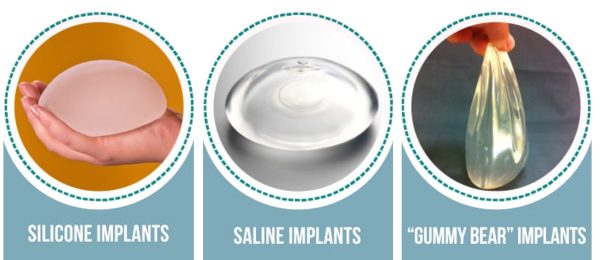Types of Breast Implants in Iran: Safe, Affordable, and Stunning Results
Breast implants in Iran are a widely sought-after cosmetic procedure, offering individuals the opportunity to enhance the size, shape, and symmetry of their breasts. Whether you are looking for a subtle enhancement or a dramatic transformation, understanding the various types of breast implants in Iran is key to making a confident and informed decision.
What Are Breast Implants?
Breast implants are medical devices designed to improve breast volume and contour. They typically feature a silicone outer shell filled with either:
-
Saline solution (sterile saltwater)
-
Silicone gel (more natural-feeling material)
When placed by a skilled plastic surgeon, breast implants can deliver natural-looking and aesthetically pleasing results.
Types of Breast Implants in Iran
Breast implants are a popular choice for individuals seeking to enhance the size and shape of their breasts. Whether you want a subtle boost or a more dramatic transformation, understanding the different types of breast implants in Iran is essential for making an informed decision. This guide covers everything from implant materials and shapes to cost, recovery, and the importance of choosing a qualified surgeon.

Why Breast Implants in Iran?
Iran has become a popular destination for cosmetic surgery, including breast lifts and mommy makeovers, thanks to:
-
Highly skilled, board-certified plastic surgeons
-
Competitive pricing compared to Western countries
-
Advanced medical facilities and post-operative care
Are Breast Implants Right for You?
Before undergoing breast augmentation, it is important to evaluate your health, lifestyle, and expectations. Here are key factors to consider:
1. Physical Health: You should be in good overall health, free from serious medical conditions that could interfere with surgery or recovery.
2. Age Requirements according to FDA guidelines:
-
Minimum age for saline implants: 18 years
-
Minimum age for silicone implants: 22 years
Emotional maturity is also essential for making a responsible decision.
3. Lifestyle Considerations: Athletes or individuals with active lifestyles may prefer smaller implants to maintain comfort and reduce the risk of strain or injury.
4. Mental & Emotional Readiness: Ensure you are choosing breast augmentation for personal reasons—not external pressure. A healthy body image and realistic expectations are crucial for long-term satisfaction.
5. Realistic Expectations: Breast implants can enhance your appearance, but they won’t solve deeper self-esteem issues or drastically change your life circumstances.
6. Consult a Board-Certified Plastic Surgeon: A consultation with a qualified surgeon is essential. They will:
-
Assess your anatomy
-
Discuss your goals
-
Recommend the best implant type and surgical approach
You may also want to explore breast lift vs. breast implants to determine which procedure best suits your aesthetic goals.
Contact us for more details!
What Happens during Breast Implant Surgery in Iran
Breast implant surgery is usually performed under general anesthesia and takes about one to two hours. Most patients can return home the same day. The procedure involves three main steps:
Incision: The surgeon makes an incision in one of the following areas:
-
Inframammary: in the fold beneath the breast
-
Periareolar: around the edge of the areola
-
Transaxillary: in the armpit
Implant Placement: The implant is positioned either:
-
Under the pectoral muscle (submuscular): This placement often looks more natural, especially for those with less breast tissue, but may involve a longer and slightly more uncomfortable recovery; or
-
Above the pectoral muscle (subglandular): Recovery is typically quicker, though the edges of the implant may be more visible if breast tissue is minimal.
Closing the Incision: The incisions are closed using sutures, surgical tape, or skin adhesives to support healing and minimize scarring.
The entire procedure usually takes about one to two hours, and most patients can go home the same day.
What to Expect during Breast Implant Recovery
Recovery after breast implant surgery varies from person to person, but here’s a general timeline to help you prepare:
-
First Few Days: Expect some soreness, swelling, and mild bruising. Your surgeon may prescribe pain medication to ease discomfort and help you rest.
-
Week 1: Light activities like walking are usually fine. Avoid lifting heavy objects, reaching overhead, or engaging in strenuous exercise.
-
Weeks 2–4: Most patients can return to normal daily routines. However, high-impact workouts and heavy lifting should still be avoided until cleared by your surgeon.
-
Follow-Up Visits: Regular check-ins with your surgeon are crucial to monitor healing, ensure the implants are settling properly, and address any concerns early.
What Types of Breast Implants Are Available?
When considering different types of breast implants, knowing the materials, shapes, and unique features helps you choose the best option for your goals.
Saline Implants
Filling: Sterile salt water (saline) is filled during surgery.
-
Pros:
-
If they rupture, the body safely absorbs the saline.
-
Size can be slightly adjusted during the procedure.
-
-
Cons:
-
Higher risk of rippling.
-
It may feel less natural for patients with minimal breast tissue.
-
Silicone Implants
Filling: Pre-filled with silicone gel.
-
Pros:
-
Natural feel and appearance.
-
Less likely to ripple than saline implants.
-
-
Cons:
-
A silent rupture can occur, often detectable only via MRI.
-
Board-certified surgeon Consultation is not recommended for patients under 22 (per FDA guidelines).
-
Gummy Bear Implants (Form-Stable)
Filling: Thicker, more cohesive silicone gel that holds shape.
-
Pros:
-
Retains shape even if the shell is compromised.
-
Low leakage risk.
-
-
Cons:
-
Requires a larger incision for placement.
-
Firmer feel than traditional silicone implants.
-
Round Implants
Shape: Symmetrical, circular shape.
-
Pros:
-
Provides upper-pole fullness.
-
No issue with rotation.
-
-
Cons:
-
It may look less natural if you have minimal breast tissue.
-
Teardrop (Anatomical) Implants
Shape: More volume at the bottom, mimicking the natural slope of the breast.
-
Pros:
-
Delivers a more natural, subtle contour.
-
Ideal for patients with little existing breast tissue.
-
-
Cons:
-
Risk of rotation, which can alter breast shape.
-
Often textured, it is linked to a rare form of lymphoma (BIA-ALCL).
-
How to Choose the Right Breast Implant Size
Picking the perfect implant size isn’t just about achieving a certain cup size—it’s about finding what fits your body, lifestyle, and long-term goals. Here are key factors to consider:
Selecting the ideal implant size is not just about achieving a specific cup size— it is about finding what suits your body, lifestyle, and long-term objectives. Here are key factors to consider:
1. Body Proportions: Choose implants that harmonize with your overall frame, including shoulder width, waistline, and hips. Balanced proportions tend to look more natural and flattering.
2. Existing Breast Tissue: Your current chest size and skin elasticity play a big role. A smaller frame may not be able to comfortably support very large implants, which could lead to complications or an unnatural appearance.
3. Lifestyle Considerations: If you are physically active or athletic, moderate-sized implants may be more comfortable and reduce strain during workouts or daily movement.
4. Long-Term Thinking: Starting with a conservative size can be a smart move. You can always revise or upgrade later to adjust size, address complications, or replace aging implants.
5. Expert Guidance: A board-certified plastic surgeon will assess your anatomy and goals to recommend the ideal implant size— typically measured in cubic centimeters (cc), not cup size.

What Are the Safest Breast Enlargement Options?
Choosing a safe breast enlargement method involves considering surgical technique, implant quality, and diligent aftercare. Here’s a breakdown of the most common options and their safety profiles:
-
Saline Implants: Filled with sterile saltwater; these implants are considered safe. If they rupture, the body naturally absorbs the saline, but the deflation is immediate and noticeable.
-
Silicone Implants: Known for their soft, natural feel. However, they can rupture silently (a “silent rupture”), which may require regular MRI scans to detect.
-
Structured Saline Implants: Designed with internal layers to mimic the feel of silicone while retaining the safety of saline. They offer a more natural texture than traditional saline implants.
-
Gummy Bear Implants: These highly cohesive silicone implants are form-stable, meaning they hold their shape even if the shell is damaged. Their firmness makes them less likely to leak or ripple.
-
Fat Transfer (Autologous Fat Grafting): Uses your own body fat— typically harvested from areas like the abdomen or thighs— to enhance breast volume. It is a natural option with no foreign materials, but best suited for modest size increases.
